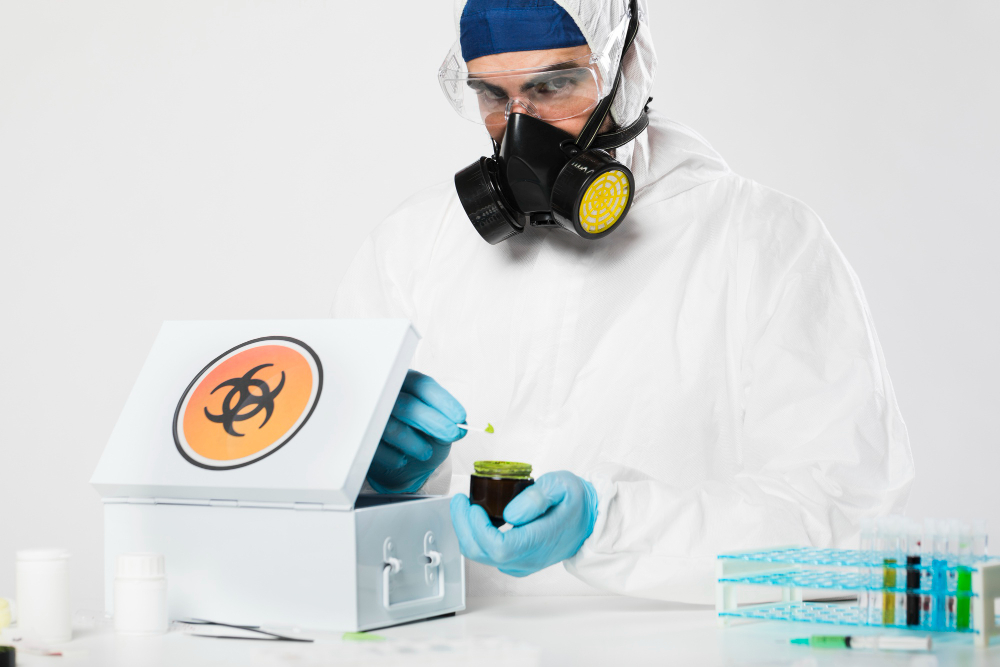Incident reporting is crucial for recording and grasping important occurrences within healthcare environments.
Through the study of these fall incident report example scenarios, healthcare institutions can stop the same safety events from happening again, stimulating an active culture of managing risks.
Here are seven instance-reporting situations that show how a sound incident-handling procedure brings tactical value to healthcare.
1. Communication Breakdowns
Breakdowns in communication between healthcare providers can lead to adverse events. For example, a patient may leave an emergency department (ED) without understanding their diagnosis or follow-up care instructions, resulting in potential health risks.
In one scenario, during a shift change, miscommunication delays the administration of a critical medication. Recognizing the risk, the staff submits an incident report, leading to a review of handover procedures.
Corrective actions include new handover protocols, enhanced staff training, and the use of technology to improve communication during transitions of care.
2. Medication Errors
Medication errors are a significant concern, often arising from:
- Miscommunication of drug orders
- Illegible handwriting
- Confusion between similarly named drugs
- Errors in dosing units or patient weights
An NIH study found that 99.7% of medication-related incidents were near misses, emphasizing the need for swift action to prevent harm. A typical scenario might unfold like this:
A nurse catches a potential medication error just before administering it to the patient. The nurse immediately files an incident report through SafeQual’s management system.
This triggers an in-depth investigation that uncovers a systemic flaw in the medication dispensing process.
As a result, the hospital implements corrective actions, such as staff training and improved communication protocols, reducing future medication errors and enhancing patient safety.
3. Patient Misidentification
Patient misidentification is a frequent cause of medical errors, often resulting from missing wristbands, wrong charts, or incorrectly labeled specimens. These errors can have severe consequences, making proper identification crucial.
Imagine a patient receiving the wrong lab test due to an identification error during registration. The healthcare worker reports the incident, and an investigation identifies issues with the verification process.
As a result, the hospital introduces unique patient identifiers, reinforces staff training, and conducts regular audits to ensure accuracy.
4. Patient Falls
Patient falls are another common incident in healthcare, often leading to serious injuries like fractures, lacerations, or internal bleeding. After any fall, a detailed report is necessary to document the event and monitor the patient for further complications.
For instance, imagine a nurse finds a patient near a wet floor and manages to prevent a fall. The nurse immediately submits an incident report, prompting the safety committee to investigate the environmental conditions. The analysis leads to improved floor signage, regular safety checks, and additional staff training to prevent future falls in high-risk areas.
5. Surgical Complications
Surgical complications, such as retained instruments or wrong-site surgeries, can occur due to human error, equipment failure, or unforeseen issues. Incident reporting in these cases helps healthcare providers analyze the full surgical process to improve quality and safety.
Picture this scenario: A patient experiences unexpected complications after a routine surgery. The surgical team files an incident report, prompting an investigation into the root cause.
The hospital discovers communication breakdowns during the preoperative phase and implements new monitoring protocols to prevent future incidents.
6. Equipment Failures
Equipment failures, such as malfunctioning ventilators, infusion pumps, or monitoring devices, can jeopardize patient care. Timely reporting of these incidents is necessary for resolving technical issues and preventing similar occurrences.
For instance, consider a scenario where an infusion pump malfunctions during a patient’s treatment, leading to an incorrect dosage. The incident is immediately reported, sparking an investigation that reveals an outdated maintenance schedule.
In response, the hospital enhances its equipment monitoring protocols and schedules regular maintenance checks, reducing the risk of future malfunctions.
7. Inadequate Staffing
Inadequate staffing levels can contribute to missed patient care, delayed treatments, or compromised safety. This issue often goes unreported, but when addressed, it can significantly impact patient outcomes.
Imagine a hospital experiencing an uptick in adverse events due to high nurse-to-patient ratios. After several incidents, a report is filed, leading to a staffing analysis.
The investigation uncovers a lack of adequate staff during critical shifts, prompting the hospital to adjust its staffing model and implement support measures, ensuring patients receive timely and appropriate care.
Take Action to Prevent These Fall Incident Report Example Scenarios with SafeQual
If your healthcare organization wants to avoid incidents like those described above and foster a culture of continuous improvement, consider introducing SafeQual’s Healthcare Risk Management Software Solutions.
SafeQual offers cloud-based enterprise software designed to enhance employee and patient safety, clinical quality, compliance, and risk management.
SafeQual provides healthcare professionals with the means to actively chase a harm-free environment for both patients and staff across all care provision systems.
The platform boasts tools that simplify the process of incident reports, automate policy monitoring, and aid in handling non-compliance matters, all while promoting compliance readiness and reinforcing a safety awareness culture.
Don’t wait for the next incident to happen. Equip your unit with SafeQual, fostering a more secure and dependable healthcare setting.




















